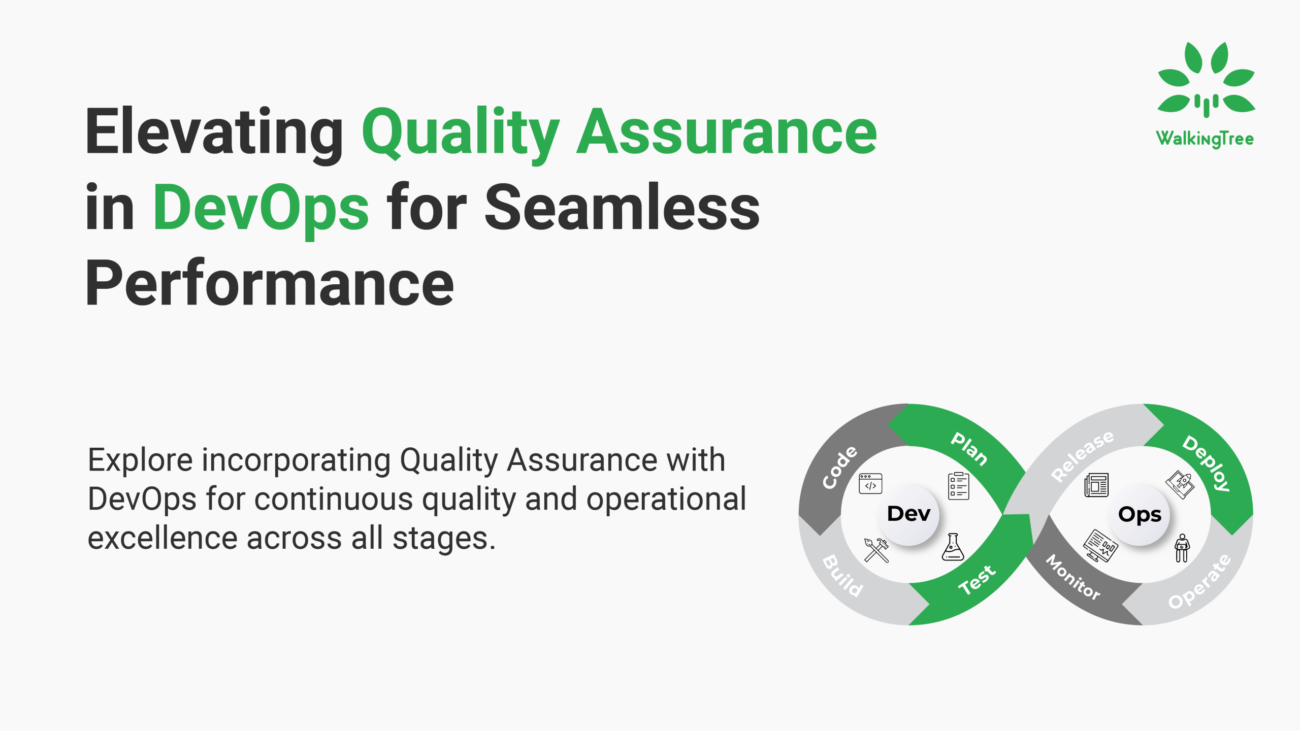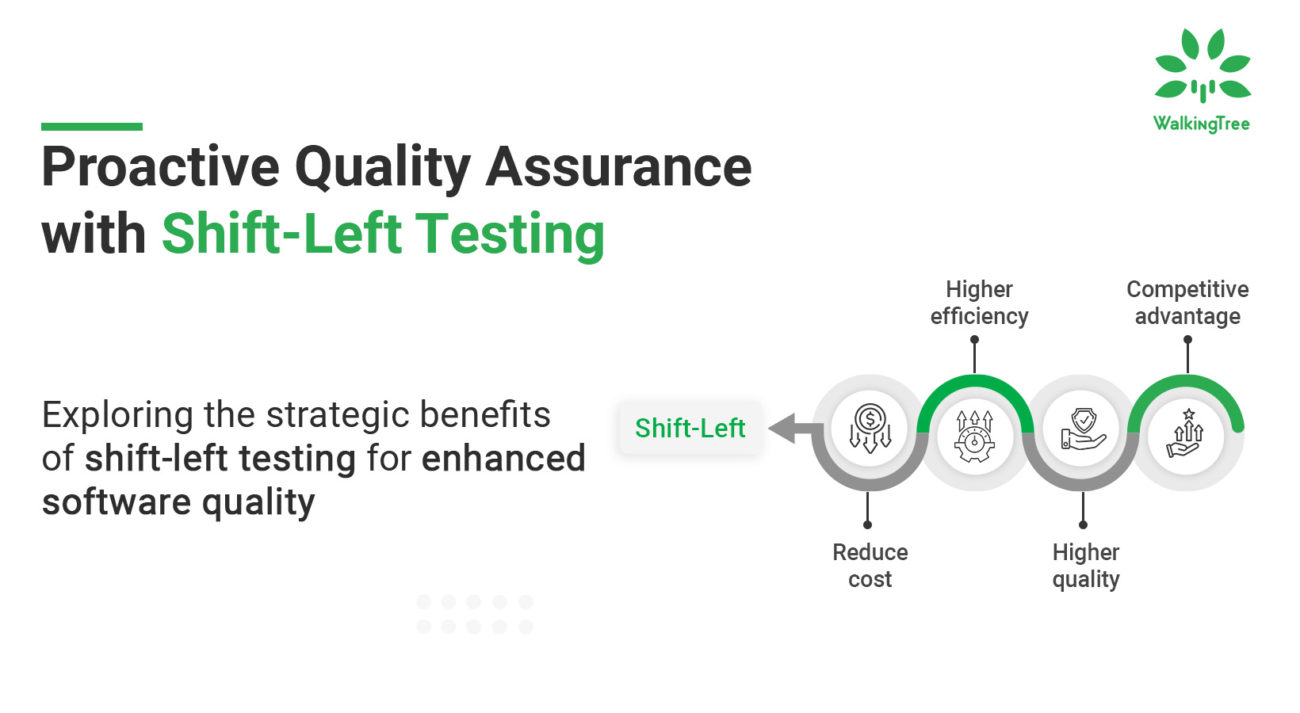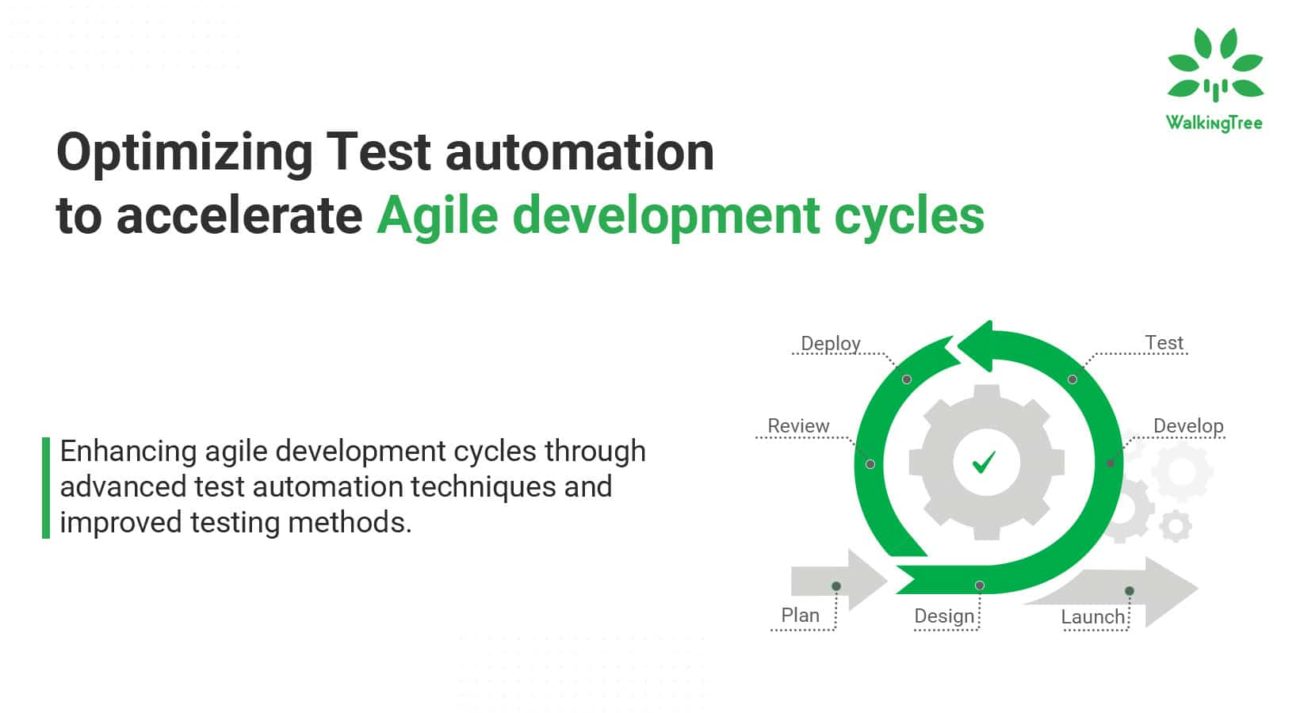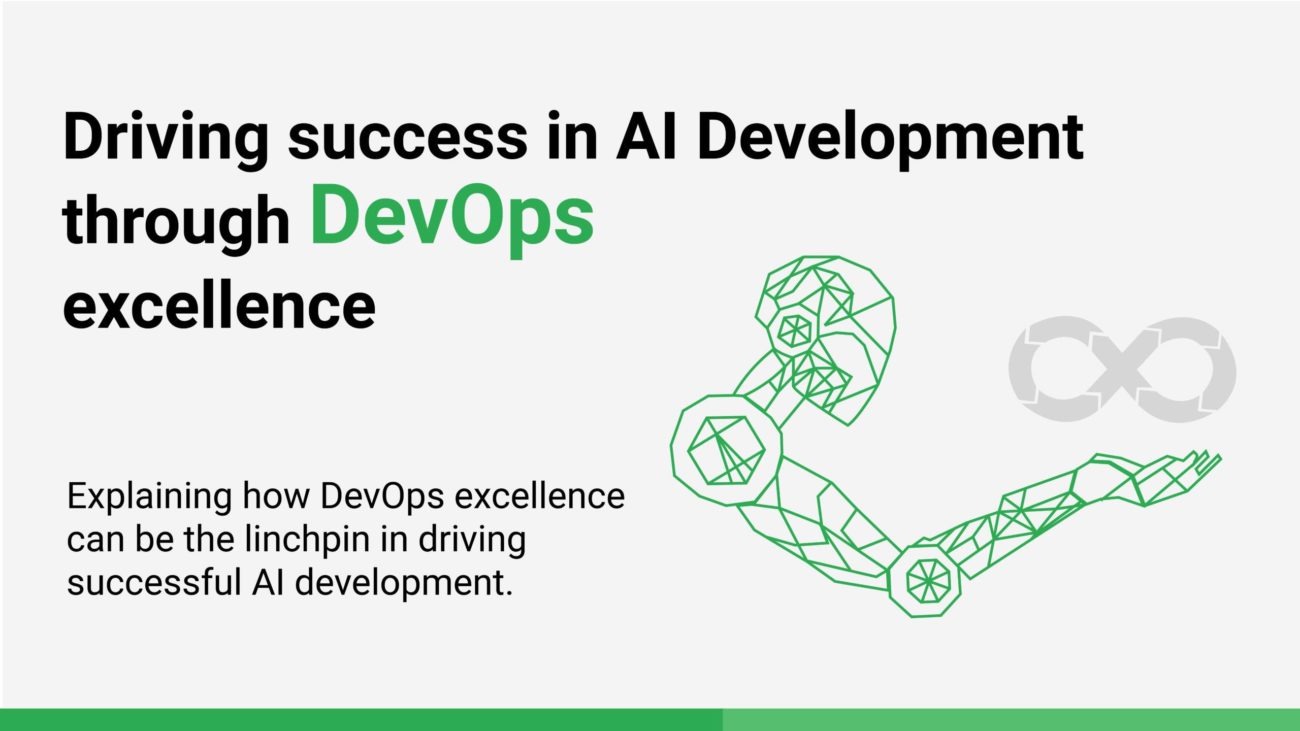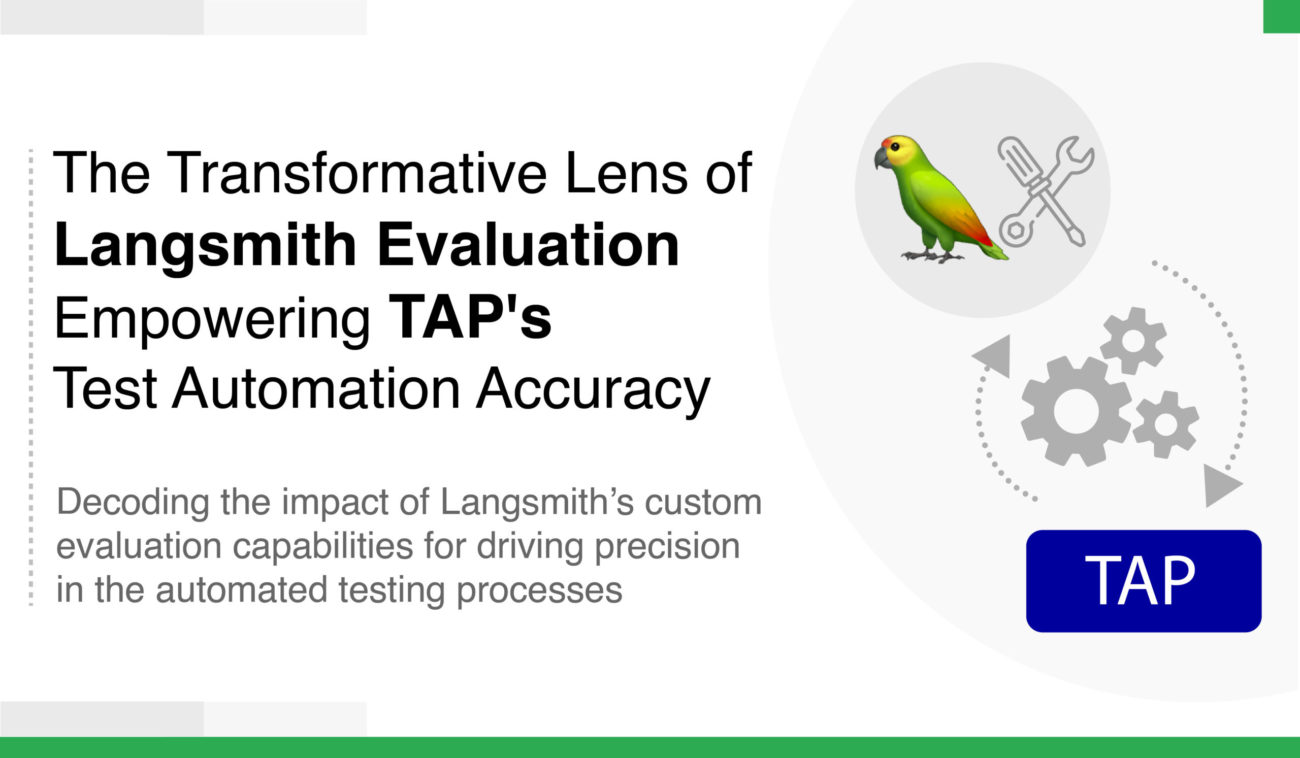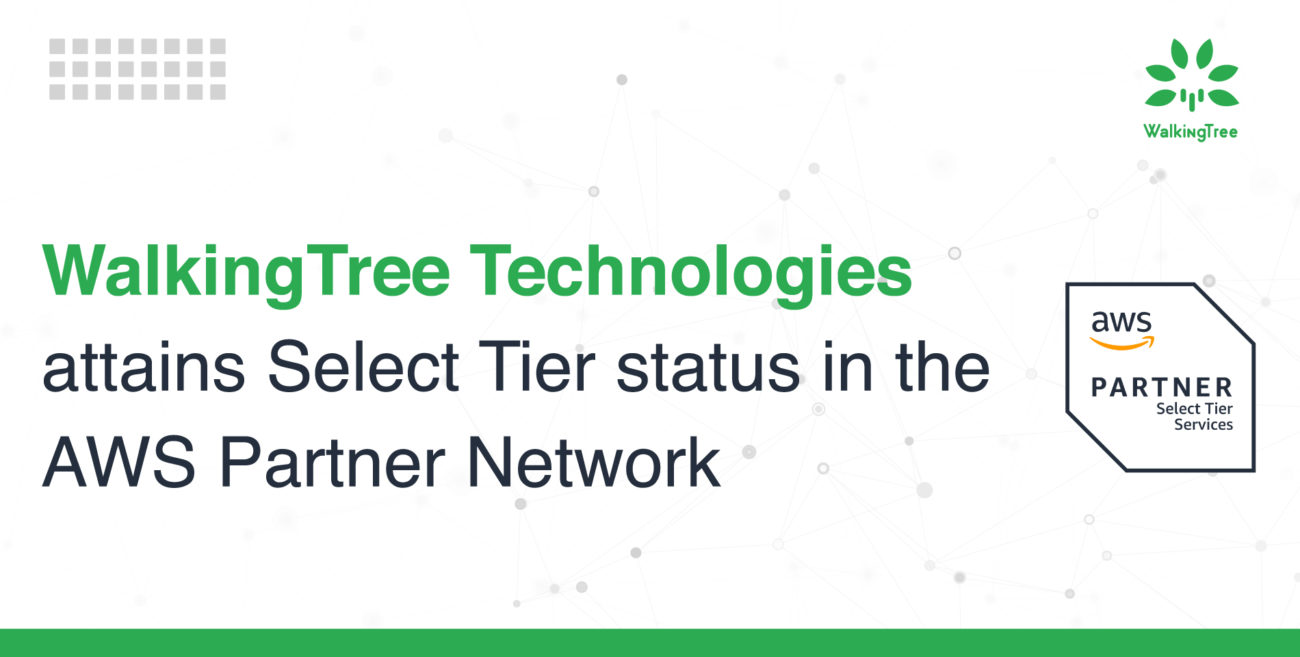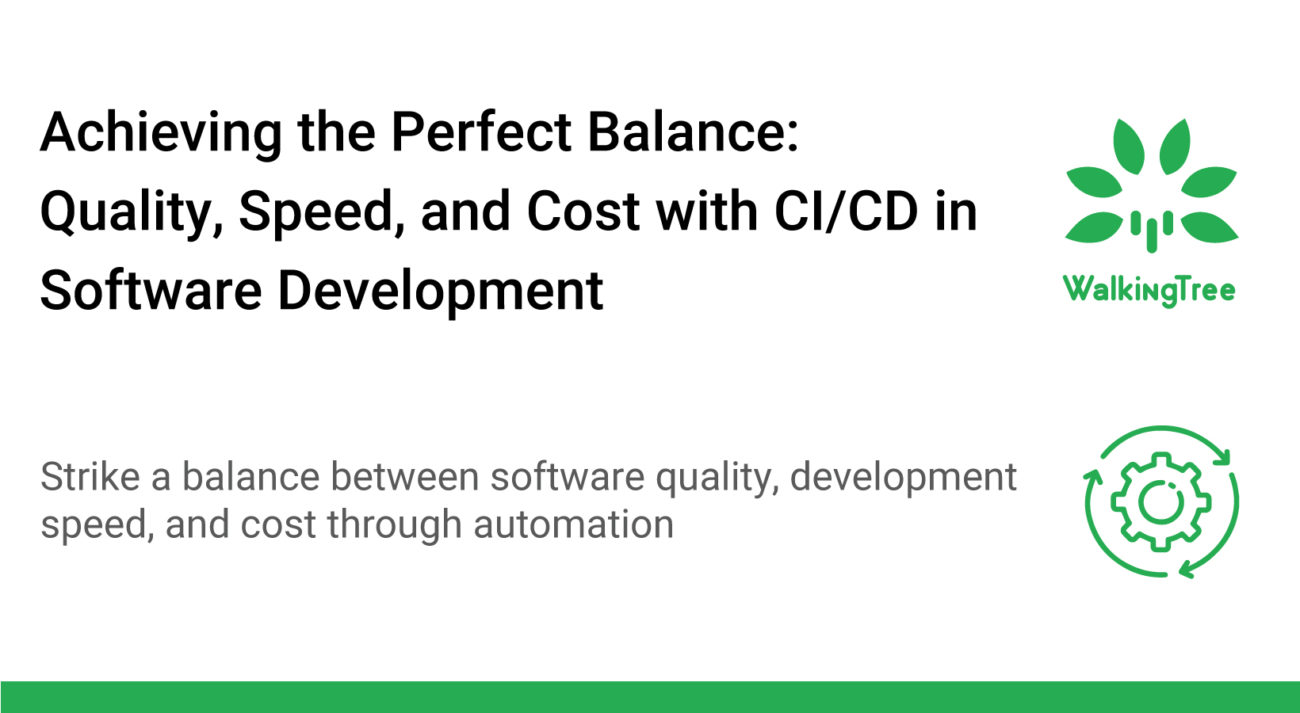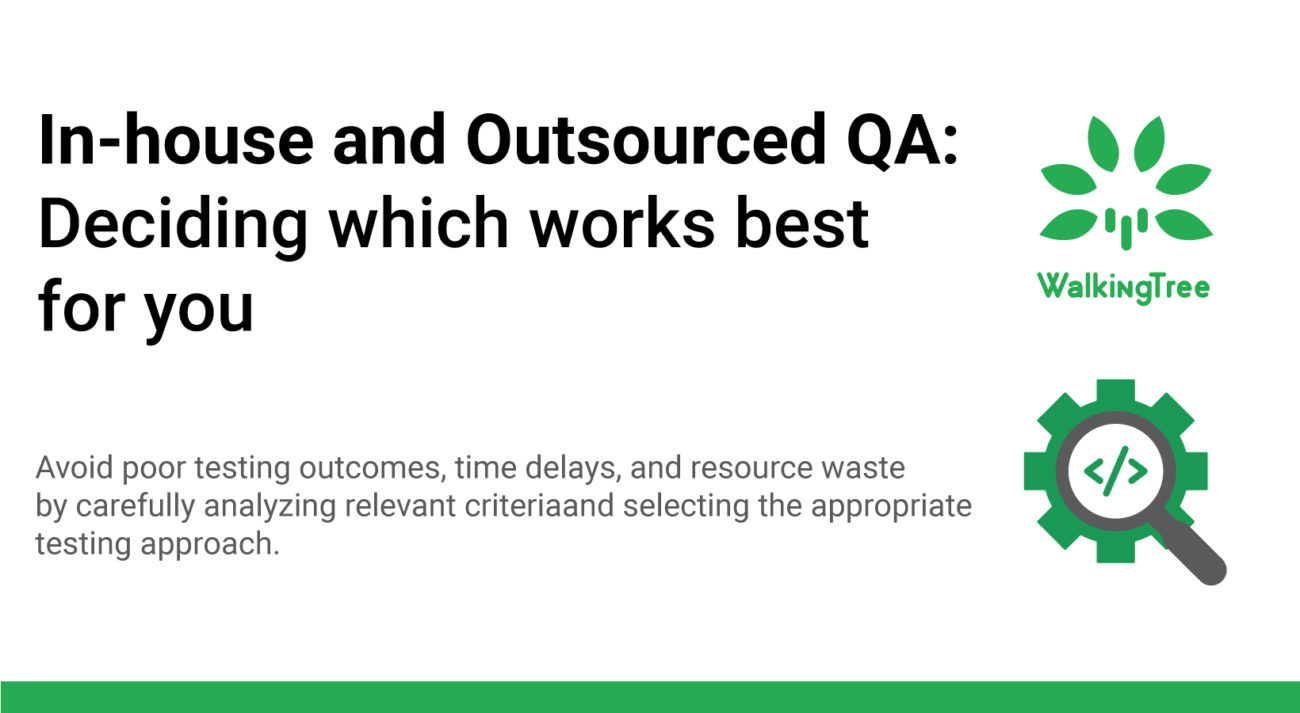Accelerating Agile and DevOps using Continuous Testing Part 1
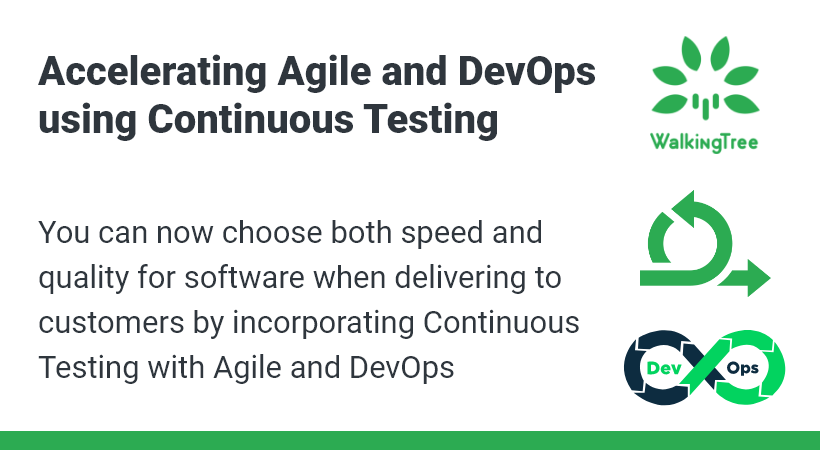
 Have you combined Agile and DevOps for accelerating the development and successful implementation of digital solutions that are critical to your enterprises’ business growth and yet see no accelerated results? Then this is the right read for you.
Have you combined Agile and DevOps for accelerating the development and successful implementation of digital solutions that are critical to your enterprises’ business growth and yet see no accelerated results? Then this is the right read for you.
It is a fact that the upsurging competition and shifting market dynamics are driving businesses to innovate and acclimate. Agile and DevOps, in conjunction with continuous testing, provide a framework for fulfilling the criteria. The requirement to provide software rapidly, safely, and reliably is at the heart of digital transformation, which can be accomplished through continuous testing in DevOps. In this blog, before we discuss why continuous testing, we shall take a look into Why Agile and DevOps? and What benefits can Agile and DevOps have together rather than alone.
What benefits do Agile and DevOps bring when aligned together than in isolation?
DevOps and agile are two of the most popular approaches for businesses to keep ahead of the competition, but when combined, they bring greater benefits.
At WalkingTree, we believe that combining Agile and DevOps principles has a significant impact on employee engagement and customer happiness. Agile and DevOps methodologies result in happier, more productive staff, which leads to happier customers, and the benefits of combining Agile and DevOps are considerably greater.
Enterprises must understand this and expand their Agile and DevOps capabilities beyond IT to generate the value that customers expect. The larger benefits of fully integrating DevOps have been well-proven, and businesses cannot afford to ignore the crucial role these techniques play in innovative digital transformation efforts.
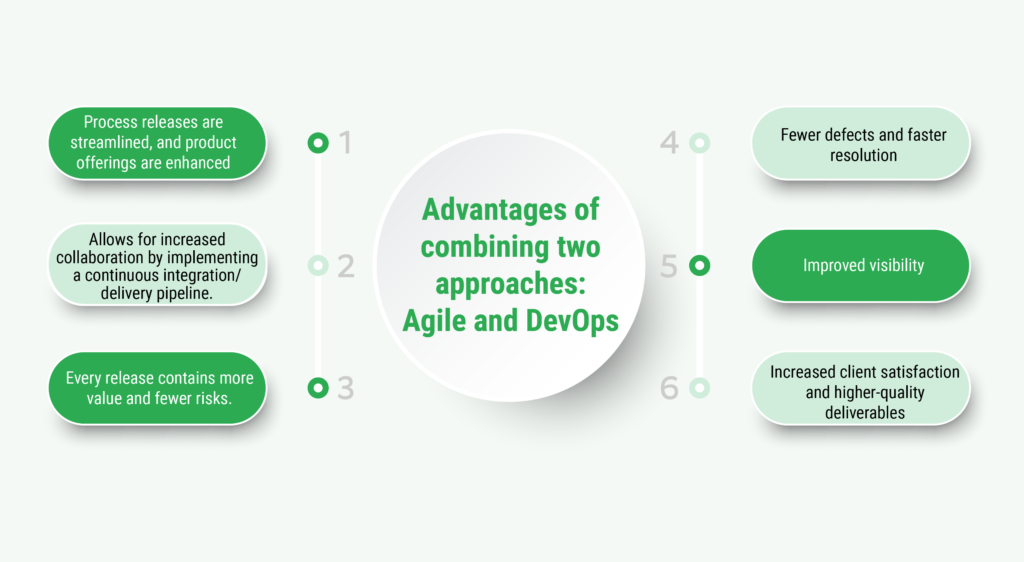
DevOps and agile are two of the most popular approaches for businesses to keep ahead of the competition, but when combined, they bring greater benefits.
At WalkingTree, we believe that combining Agile and DevOps principles has a significant impact on employee engagement and customer happiness. Agile and DevOps methodologies result in happier, more productive staff, which leads to happier customers, and the benefits of combining Agile and DevOps are considerably greater.
Enterprises must understand this and expand their Agile and DevOps capabilities beyond IT to generate the value that customers expect. The larger benefits of fully integrating DevOps have been well-proven, and businesses cannot afford to ignore the crucial role these techniques play in innovative digital transformation efforts.
Why is Continuous Testing Necessary?
Continuous testing in DevOps is essential for businesses to meet rising customer expectations for high quality and speed. These characteristics can only be developed if the software development process integrates with a strong QA framework in the Agile or DevOps mold. Unlike in conventional or manual testing, when QA comes after development as a separate discipline, QA is part of an integrated team with development in the Agile and DevOps models.
While DevOps and Agile approaches are now the norms in product and service development, continuous testing in DevOps is a major distinction. Furthermore, CI/CD tasks are ahead of the game and have become critical components of DevOps testing. In addition, continuous testing in DevOps must be given its proper place in the Trinity.
During the various stages of development, the software is tested for performance, security, usability, scalability, and other factors. As a result, defects are found and resolved early in the development cycle, resulting in the delivery of high-quality software. A continuous testing strategy allows enterprises to implement processes, systems, and automation to reduce time to market, improve feedback loops, and deliver desired business outcomes such as high-quality offerings and services, operational efficiency, responsiveness, outperforming competitors, and improved quality of service.
Continuous testing services will provide a rapid and risk-free feedback loop for QA experts in the Agile testing pipeline to comprehend (and act on) end-user issues. These services aid in the management of business risks caused by the complexity and speed with which applications are delivered.
Why should you adopt Agile and DevOps?
To build-test-deliver apps that are higher quality, secure, and stable, organizations must handle obstacles such as time restrictions and resource mobilization. This results in a greater emphasis on continuous testing automation and collaboration.
- DevOps strategy is suitable for businesses that struggle to manage demand and deliver rapid changes.
- DevOps enables acceleration and integration by developing a toolchain that spans development, QA, integration, management, and delivery.
- To improve collaboration, siloed development, and operations teams should be integrated and furthermore, the pipeline should include a system for receiving constant feedback and generating higher-quality features and functions.
In the Agile or iterative delivery model, requirements are broken down into user stories that are smaller portions of the build in order to produce a cycle and align the business model to the market requirements, where developers and QA testers collaborate efficiently. However, when it came to deployment and feedback, the silo-driven processes restricted what was anticipated of Agile.
As a result, the process was optimized further by automating and streamlining the delivery cycle and introducing continuous integration. Code is tested and integrated regularly to provide a stream of modest but frequent releases. These, however, presented difficulties for the Operations team, which found it difficult to keep up with development. So, while Agile solved the problems that developers encountered with defects being passed on to the next phase, the DevOps method proved to be more effective in treating the entire SDLC as a monolith of collaborative processes that produce successful results.
Continuous Delivery and Testing for frequently deploying quality software
To serve strategic business goals, organizations integrated Continuous Integration and Continuous Deployment by fine-tuning both processes and technical frameworks. The continuous delivery and testing approaches have covered all aspects of the organization’s operations, from making CI builds and testing to reaching deployment. These ensure the timely and regular distribution of high-quality software applications to end consumers.
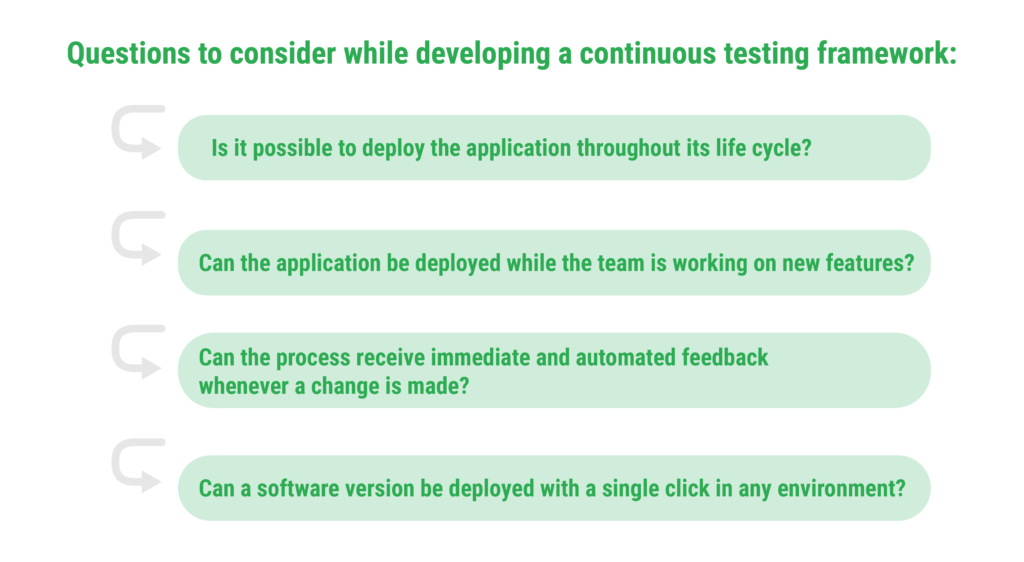
- Reduced time to market, Increased productivity and efficiency,
- Reliable and stable builds are released on a regular basis.
- Capability to create market-relevant deliverables.
- Improved feedback mechanisms and outstanding customer service are all the benefits that an organization can bring by combining continuous testing with Agile and DevOps.
To wrap it up
Continuous delivery of high-quality products and services is made possible through the integration of software development and IT operations (DevOps). Agile promotes agility by allowing for response to change based on the needs of the customer. By combining the two, businesses can reap the benefits of exponential growth in terms of both customer experience and revenue growth. We will be discussing this topic more in our next blog.



